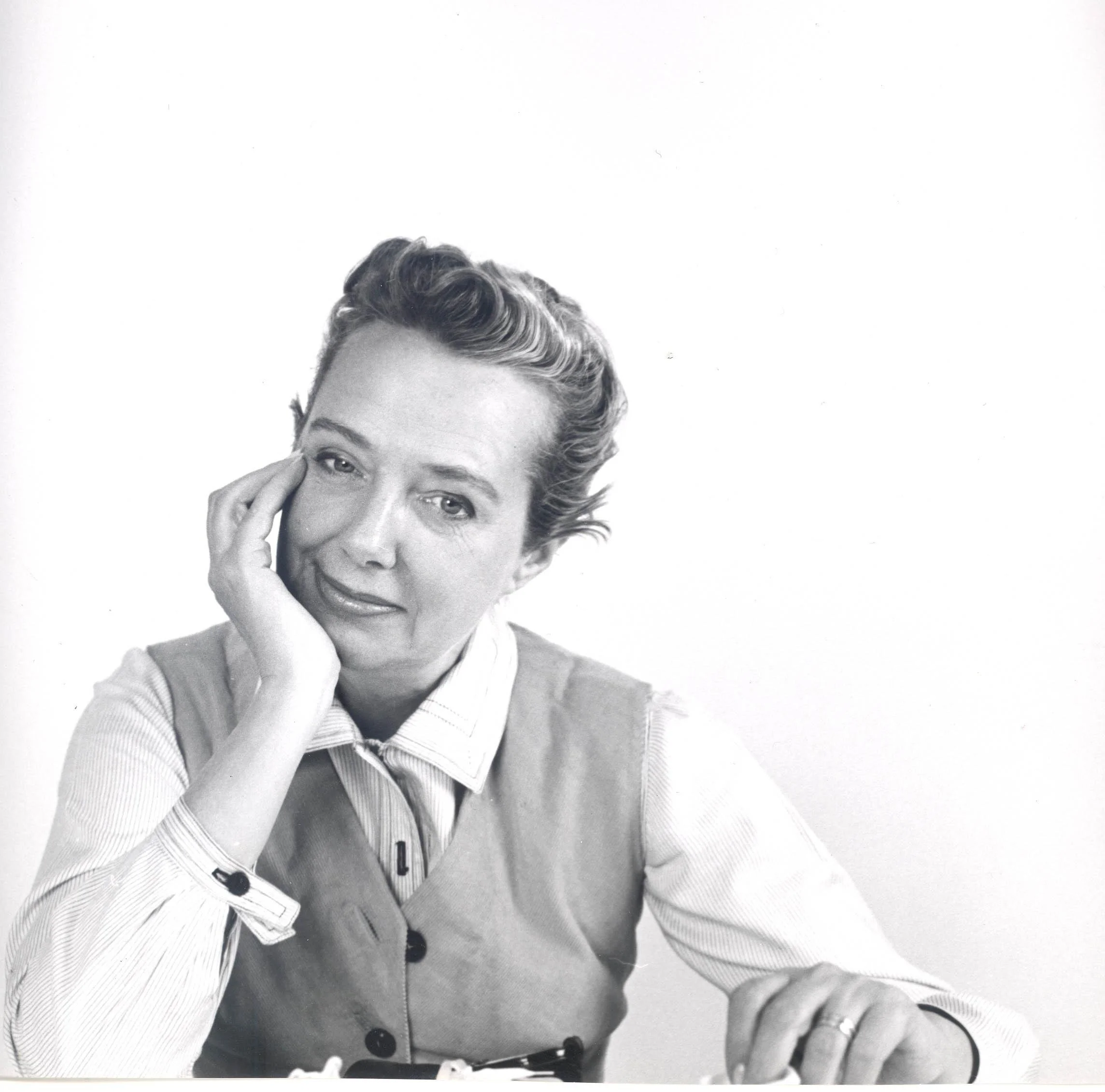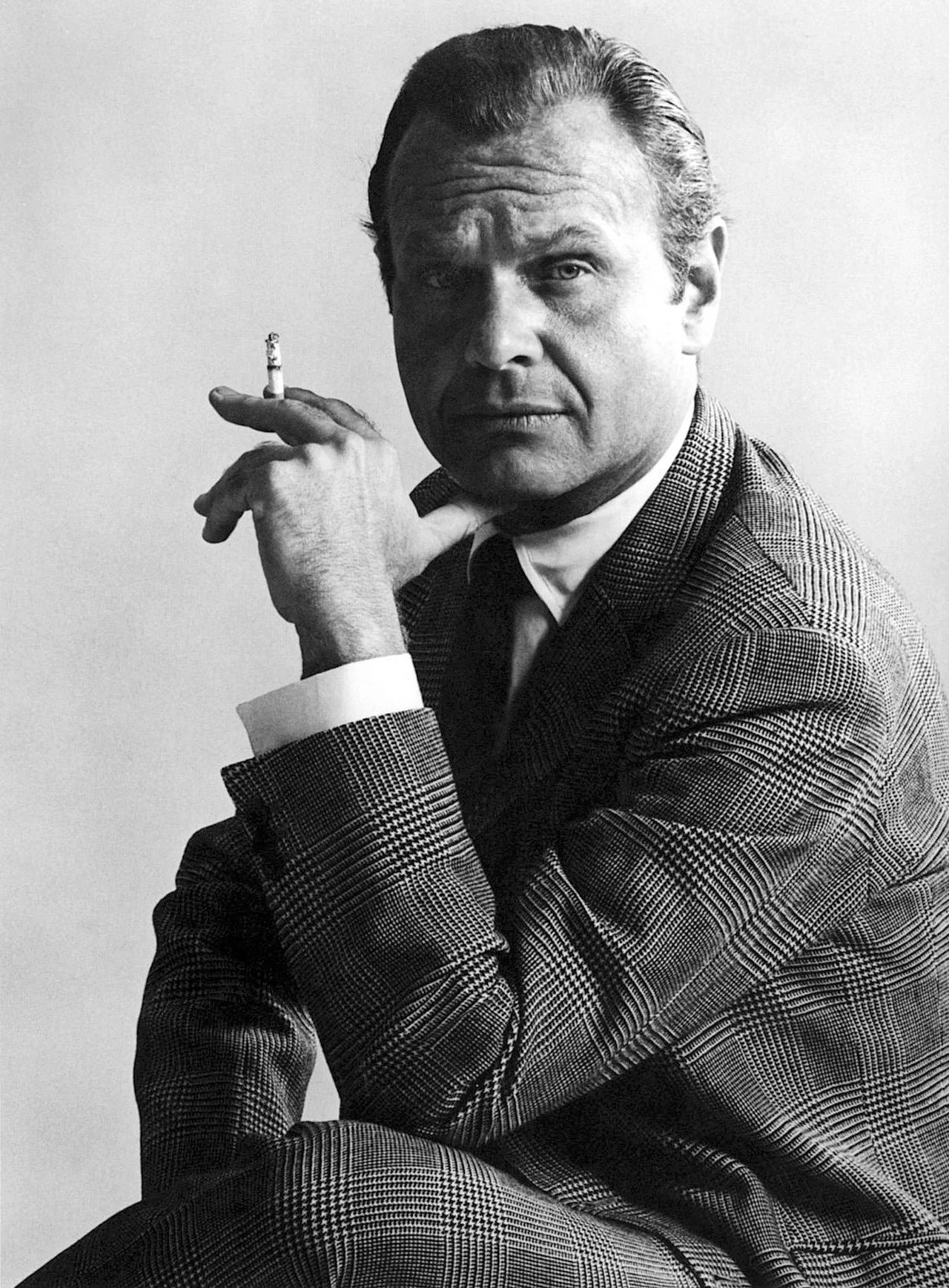History of New York Fashion Week
History of New York Fashion Week
New York Fashion Week (NYFW) has become one of the most influential events in the global fashion industry, showcasing the creativity and innovation of designers from around the world. Its history is rich and rooted in the evolution of the American fashion industry, particularly in response to the challenges posed by World War II.
The Origins: Press Week and the Birth of American Fashion
New York Fashion Week traces its origins to the early 1940s. During World War II, the fashion industry in Paris, which had long been considered the epicenter of global fashion, was severely disrupted by the German occupation. With Paris cut off from the world, American fashion designers saw an opportunity to step into the spotlight.
In 1943, Eleanor Lambert, a prominent fashion publicist, organized the first-ever "Press Week" in New York City. Lambert was a visionary who had been instrumental in promoting American fashion designers, and she recognized that the absence of Paris from the global fashion scene provided a unique opportunity to elevate American fashion. Read more about Eleanor Lambert in my post about the History of the Met Gala.
The purpose of Press Week was to showcase American designers to fashion journalists who, until then, had largely focused on Parisian fashion. By bringing the press directly to New York, Lambert helped establish a new platform for American designers to gain recognition. The event was held at the Plaza Hotel and featured runway shows and presentations by designers such as Norman Norell and Claire McCardell, who would later become icons of American fashion.
History of New York Fashion Week
The Growth of New York Fashion Week
Press Week was a resounding success and marked the beginning of New York's rise as a fashion capital. The event continued annually and gradually evolved into a broader showcase of American fashion, attracting more designers and gaining international attention.
During the 1950s and 1960s, American fashion began to develop its distinct identity, characterized by a focus on practicality, wearability, and modernity. Designers like Bill Blass, Geoffrey Beene, and Oscar de la Renta became household names, and New York Fashion Week played a crucial role in their rise to prominence.
History of New York Fashion Week
The Establishment of the Modern New York Fashion Week
By the 1970s, the fashion industry had grown significantly, and the need for a more organized and centralized fashion week became evident. In 1973, the Council of Fashion Designers of America (CFDA), founded by Eleanor Lambert in 1962, took a leading role in organizing New York Fashion Week. The event became more formalized, with a structured schedule of runway shows, presentations, and parties.
However, the early years of New York Fashion Week were not without challenges. Shows were held at various venues across the city, often in cramped and less-than-ideal locations. This disorganization led to logistical issues and made it difficult for buyers and journalists to attend multiple shows in one day.
History of New York Fashion Week
The 1990s: NYFW's Rise to Global Prominence
The 1990s marked a turning point for New York Fashion Week. In 1993, CFDA, under the leadership of Fern Mallis, made a critical decision to move the event to a centralized location at the newly established Bryant Park tents. This move brought much-needed structure to the event, allowing for a more streamlined schedule and better facilities. The centralized location also made it easier for international buyers and press to attend, solidifying NYFW's status as a major global fashion event.
The 1990s also saw the rise of iconic American designers such as Marc Jacobs, Donna Karan, and Calvin Klein, whose innovative designs further established New York as a fashion capital. The decade was characterized by a spirit of creativity and experimentation, with designers pushing the boundaries of fashion and redefining what it meant to be American.
History of New York Fashion Week
The 21st Century: NYFW in the Digital Age
In the 2000s and 2010s, New York Fashion Week continued to evolve, embracing the digital age and the changing landscape of the fashion industry. The rise of social media, live streaming, and fashion blogs brought NYFW to a global audience, making it more accessible to fashion enthusiasts around the world.
In 2010, the event moved from Bryant Park to Lincoln Center, and in 2015, it relocated again to various locations across the city, including Spring Studios and Skylight Clarkson Square. These moves reflected the event's ongoing evolution and its adaptability to the changing needs of the fashion industry.
History of New York Fashion Week
Today, New York Fashion Week remains one of the "Big Four" fashion weeks, alongside Paris, London, and Milan. It continues to be a vital platform for established designers and emerging talent alike, shaping the trends and setting the tone for the global fashion industry. From its humble beginnings as Press Week during World War II to its current status as a global fashion powerhouse, NYFW's history is a testament to the resilience, creativity, and influence of American fashion.









